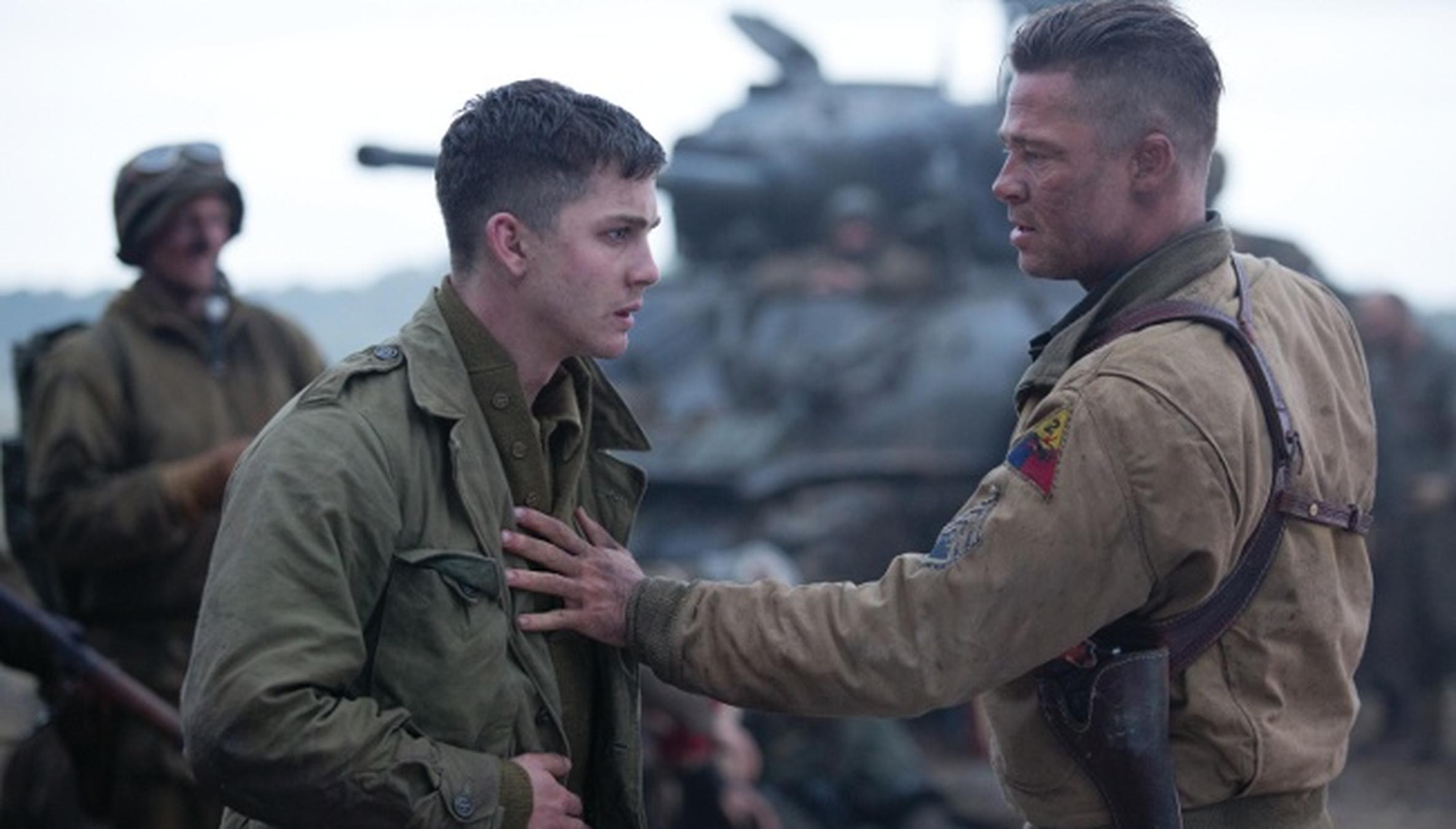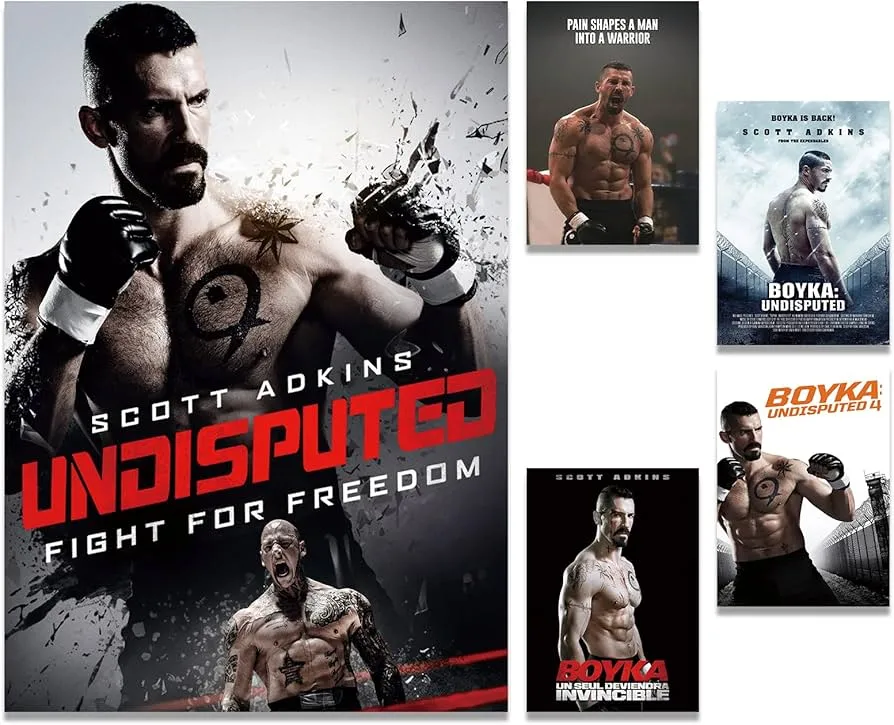FURY (2014): WAR AS A GRINDING MACHINE OF HUMANITY
Fury, directed by David Ayer, is a raw, unflinching war film set in the final months of World War II. Eschewing glamour and heroism, it presents a brutal portrait of warfare as experienced inside a cramped Sherman tank called “Fury,” manned by a battle-hardened American crew. The film is as much about violence and survival as it is about the emotional rot that war inflicts on the human soul.
Set in April 1945, as Allied forces push into Nazi Germany, the story centers on Sergeant Don “Wardaddy” Collier (Brad Pitt), the tough, weathered commander of Fury. His crew includes Boyd “Bible” Swan (Shia LaBeouf), a deeply religious gunner; Trini “Gordo” Garcia (Michael Peña), the sarcastic driver; Grady “Coon-Ass” Travis (Jon Bernthal), the volatile loader; and the newcomer Norman Ellison (Logan Lerman), a soft-spoken army clerk assigned as a replacement after Fury’s previous assistant driver is killed.
From the start, the film emphasizes Norman’s unpreparedness for combat. Dropped into a tightly-knit unit with years of shared trauma, Norman is immediately out of place. He hesitates to shoot, fails to protect his team, and is visibly revolted by the carnage. But Sgt. Collier knows there’s no time for mercy. His mantra—“Ideals are peaceful, history is violent”—cuts to the heart of the film. Fury isn’t about saving the world. It’s about surviving it.

The relationships within the tank form the film’s emotional core. These men are not friends in the conventional sense—they are survivors bound by proximity and routine. There's little warmth, but there is trust. The tank becomes both prison and refuge, its creaking metal walls closing in during scenes of silence or bombardment. Every scratch, every dent tells a story, and every silence is filled with tension.
One of the film’s most striking sequences is the crew’s brief respite in a German town. There, Collier and Norman encounter two German women and sit down to share a meal. For a moment, humanity returns—normalcy, quiet, even awkward warmth. But the arrival of the rest of the crew disrupts everything, introducing hostility, jealousy, and latent aggression. This scene underlines Fury’s central theme: war contaminates everything it touches, including the fragile moments of peace.
Visually, the film is grimy, mud-splattered, and soaked in smoke. The cinematography captures the battlefield in shades of grey and brown, with brilliant bursts of red from tracer fire that feel almost surreal. The tank battles are loud, disorienting, and terrifying. When Fury faces off against a formidable German Tiger tank, it’s not a fair fight—it’s desperation against firepower. The scene showcases both the technical precision of Ayer’s direction and the cold, mechanical nature of death in armored warfare.

Norman’s arc is the most heartbreaking. Introduced as innocent and empathetic, he is slowly shaped—forced—to become a killer. He begins with shaking hands and averted eyes; he ends as a quiet, hardened soldier, the last survivor of a doomed mission. His transformation is the film’s clearest commentary: war doesn’t care who you were. It only demands who you become to stay alive.
The film’s climax is a last stand. Fury, disabled in an ambush, becomes a lone outpost against an entire SS battalion. Instead of fleeing, the crew chooses to stay and fight, fully aware that they won’t survive. The decision isn’t framed as heroism but inevitability. For them, there’s nowhere left to go. What unfolds is a relentless, claustrophobic sequence of sustained violence. The tank becomes a tomb. One by one, the crew falls, defending their small patch of road, until only Norman remains—hidden beneath Fury, covered in mud, blood, and the weight of everything he’s endured.
The performances are universally strong. Brad Pitt brings weary gravity to Wardaddy—a man barely holding his soul together. LaBeouf adds depth as the spiritual anchor of the group, praying as bullets fly. Peña and Bernthal infuse their roles with bitterness, resignation, and flickers of humanity. But Logan Lerman’s portrayal of Norman is the emotional key. His journey—from innocence to numbness—is harrowing and believable.
Musically, the score is understated, allowing the sounds of war to dominate. Explosions, tank engines, and screams form the soundtrack of this hellscape. And yet, in its quieter moments, the silence is just as deafening. That contrast—the mechanical brutality of battle versus the human cost—is what makes Fury so impactful.
Critically, Fury was received as one of the grittiest war films of its era. It drew comparisons to Saving Private Ryan and Platoon, though its focus is narrower and more psychologically driven. While some criticized the film for its relentless violence and occasional moral ambiguity, others praised it for refusing to sanitize the reality of combat.
What sets Fury apart is its refusal to offer comfort. There are no glorious speeches, no neat resolutions. War is shown as messy, morally compromising, and emotionally scarring. Even survival feels hollow. Norman is rescued, yes, but as he’s driven away from the battlefield, there is no triumph in his eyes—only silence.

The film doesn't suggest that the tank crew were heroes in the traditional sense. Rather, it presents them as real men doing an impossible job under impossible circumstances. Their choices aren’t always noble. Their actions aren’t always justified. But their reality feels disturbingly honest.
In the end, Fury isn’t just about World War II. It’s about the corrosive nature of violence, the bonds formed under fire, and the weight of survival. It doesn’t celebrate war—it exposes it. And it dares to ask: If you make it out alive, what part of you still remains?
-1751271843-q80.webp)


